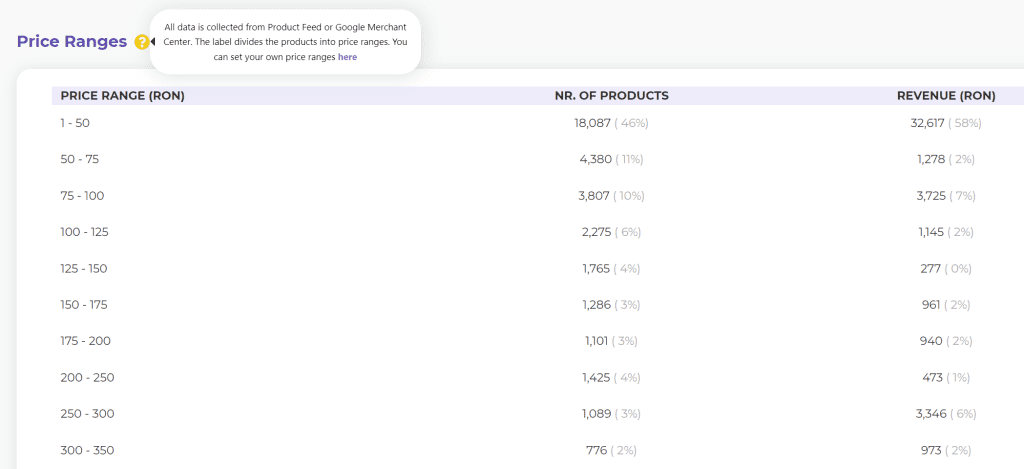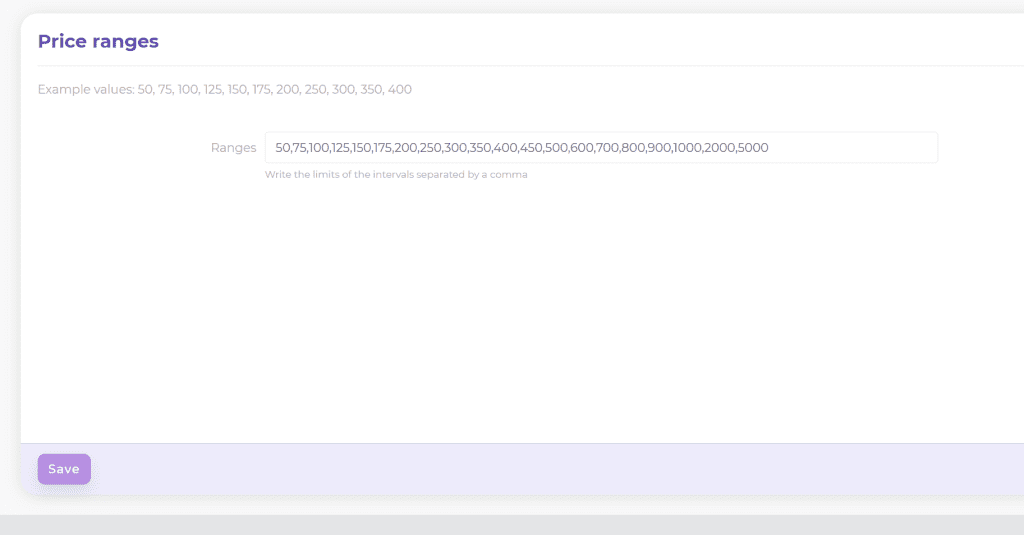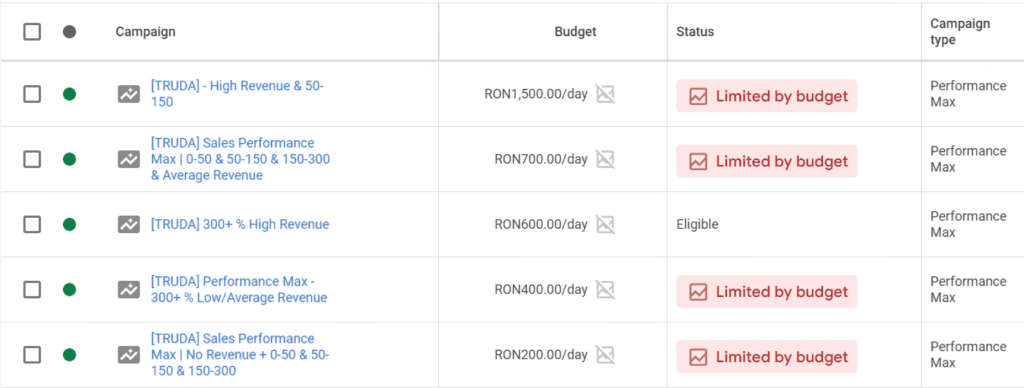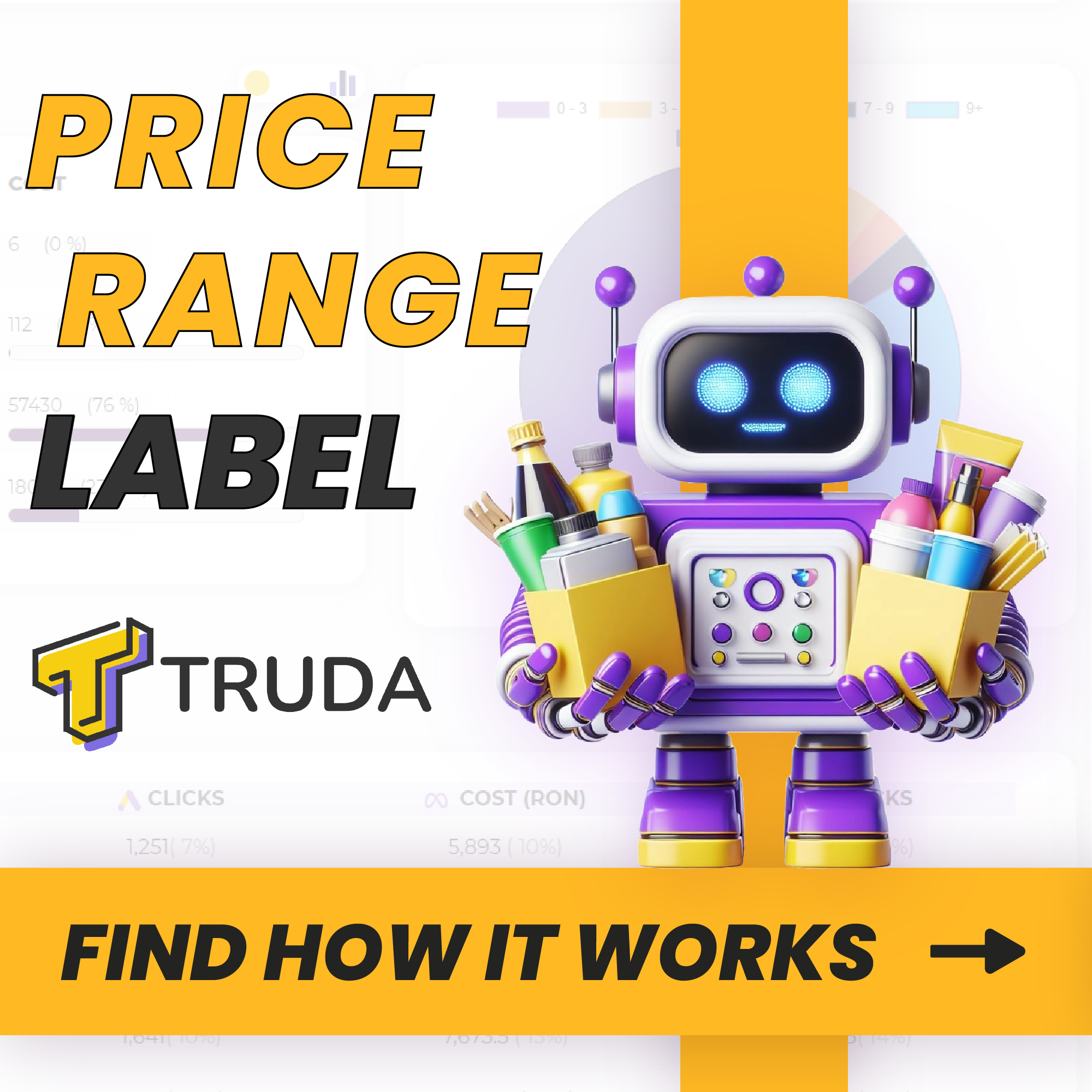Table of Contents
Maximize Advertising Efficiency with the “Price Range” Label
In the dynamic world of e-commerce, an efficient advertising strategy can make the difference between success and stagnation. In this regard, product labeling is essential to gain a clear understanding of performance and to optimize advertising campaigns accordingly. One of the key labels that can drastically improve advertising strategies is the “Price Range” label.
What is the “Price Range” Label?

The “Price Range” label is an efficient way to group products based on their price range. This strategic approach allows online retailers to quickly identify profitable or unprofitable products based on different price ranges. Price ranges can be defined according to the needs and specifics of each online store, but commonly, they are divided into categories such as 0-50, 50-100, 100-500, and 500+.
Benefits of Using the “Price Range” Label
Using the “Price Range” label brings numerous benefits to the advertising strategies of an online store:
- Budget Optimization: Identifying products by price range allows retailers to allocate advertising budget efficiently, focusing on products with the highest conversion potential relative to advertising costs.
- Campaign Personalization: Segmenting products by price enables retailers to create personalized advertising campaigns for each price range. This can improve the relevance of ads to the target audience and increase conversion rates.
- Identifying Buying Trends: By analyzing the performance of products in different price ranges, retailers can identify customer buying trends and adjust their offerings accordingly.
How to Use the “Price Range” Label?
Using the “Price Range” label is simple and effective. In the TRUDA tool dashboard, online retailers can access the “Data services” option and then “Edit Price ranges”. Here, they can define the desired price range limits, separating them by a comma.

Creating Google Ads and Facebook Ads Campaigns Using Price Range Segmentation
Segmenting campaigns based on price range can significantly enhance the effectiveness of Google Ads and Facebook Ads campaigns. By incorporating revenue data from each price segment, advertisers can tailor their strategies for maximum return on investment (ROI).
Google Ads Campaigns:
- Targeting: Create separate ad groups or campaigns for each price range using custom labels.
- Bid Adjustments: Adjust bids based on the revenue generated by each price segment. Allocate higher budgets to segments with higher revenue potential.
- Ad Copy and Extensions: Customize ad copy and extensions to appeal to customers within each price range.
Facebook Ads Campaigns:
- Audience Targeting: Utilize Facebook’s audience targeting features to reach users interested in specific price ranges.
- Dynamic Product Ads: Create dynamic product ads that showcase products within the user’s preferred price range.
- Budget Allocation: Allocate budgets based on the revenue potential of each price segment. Experiment with different bidding strategies to maximize ROI.
Synergistic Campaign Strategies:
You can combine several labels in online google ads and facebook ads campaigns. For example, you can combine the Price Range Label with the Revenue Label:
- High Revenue & High Price Range: For products labeled as “High Revenue” and falling into higher price ranges, allocate larger budgets to capture high-value customers willing to invest in premium products.
- High Revenue & Lower Price Ranges: For products labeled as “High Revenue” and falling into lower price ranges, allocate larger budgets to capture customers looking for day-to-day use products.
- Low Revenue & Low Price Range: Products labeled as “Low Revenue” and falling into lower price ranges may benefit from cost-effective campaigns targeting price-sensitive customers.
- Average Revenue & Moderate Price Range: Allocate moderate budgets to products labeled as “Average Revenue” and falling into moderate price ranges. These campaigns can focus on capturing the broad middle market.
- No Revenue & Various Price Ranges: Create targeted campaigns for products labeled as “No Revenue” across different price ranges. Emphasize value propositions and incentives to encourage initial purchases.

By combining the insights from both “Price Range” and “Revenue” labels, advertisers can create nuanced advertising campaigns that resonate with specific customer segments. This approach not only maximizes the efficiency of advertising spend but also enhances the overall effectiveness of marketing efforts in driving revenue growth.
The “Price Range” label is a valuable addition for online retailers in their efforts to maximize the efficiency of advertising campaigns. By grouping products based on price range, retailers can quickly identify profitable products and optimize budgets and advertising strategies accordingly. In a competitive market, smart use of labels is essential to ensuring success and continued growth of the online business.




